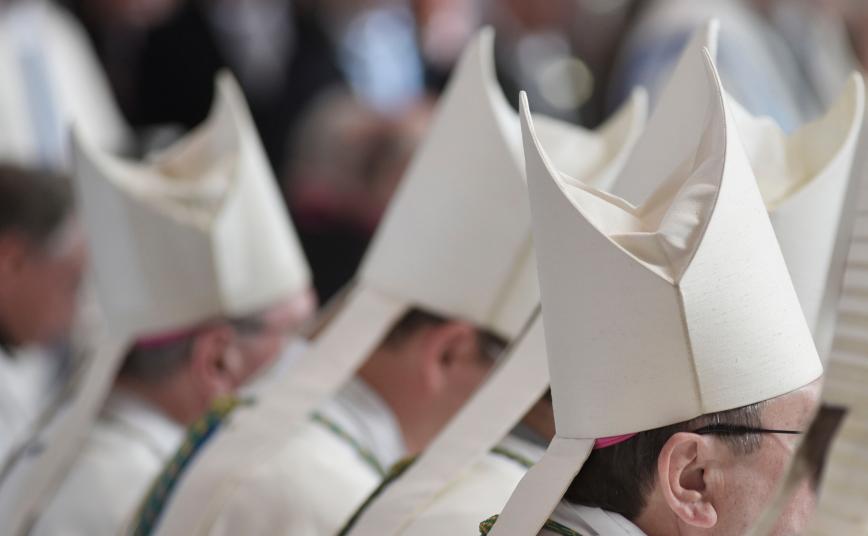In the second century, the Church faced its first great heresy: Gnosticism. This confusing and eclectic system of beliefs threatened to destroy the Church in its infancy. Among Gnosticism’s tenets was the conviction that the material world is contemptible, unworthy of redemption. Unlike the Christian view that the material world was originally created good but then fell through sin, Gnostics believed that the world we live in was created as the result of some tragic accident. Only the spiritual world mattered; anything physical was to be left behind.
Against this heresy rose the great Church Father St. Irenaeus, who in The Scandal of the Incarnation explained that the key doctrine of Christianity is the Incarnation: the Word was made flesh and dwelt among us (John 1:14). The physical world is not to be held in contempt; on the contrary, it provides the means of our salvation.
Although eventually Gnosticism was conquered, its material/spiritual dualism has reared its ugly head throughout Church history. Many heresies borrowed it, including Manichaeism, the heresy embraced for a time by St. Augustine. And although Protestantism does not fully endorse a material/spiritual dualism, there are aspects of this flawed worldview in its belief system—for example, in its rejection of a visible Church.

